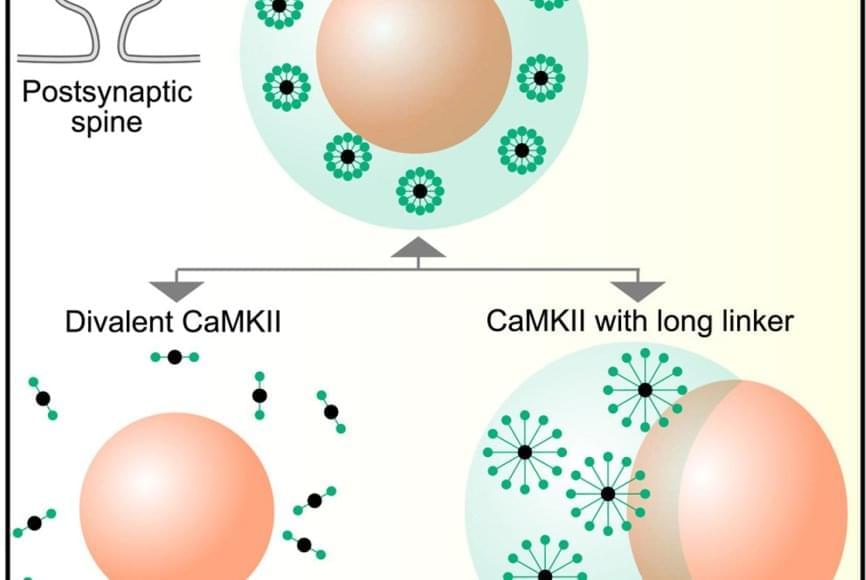Our brain’s remarkable ability to form and store memories has long fascinated scientists, yet most of the microscopic mechanisms behind memory and learning processes remain a mystery. Recent research points to the importance of biochemical reactions occurring at postsynaptic densities—specialized areas where neurons connect and communicate. These tiny junctions between brain cells are now thought to be crucial sites where proteins need to organize in specific ways to facilitate learning and memory formation.
More specifically, a 2021 study revealed that memory-related proteins can bind together to form droplet-like structures at postsynaptic densities. What makes these structures particularly intriguing is their unique “droplet-inside-droplet” organization, which scientists believe may be fundamental to how our brains create lasting memories. However, understanding exactly how and why such complex protein arrangements form has remained a significant challenge in neuroscience.
Against this backdrop, a research team has developed an innovative computational model that reproduces these intricate protein structures. Their paper, published online in Cell Reports, explores the mechanisms behind the formation of multilayered protein condensates.
